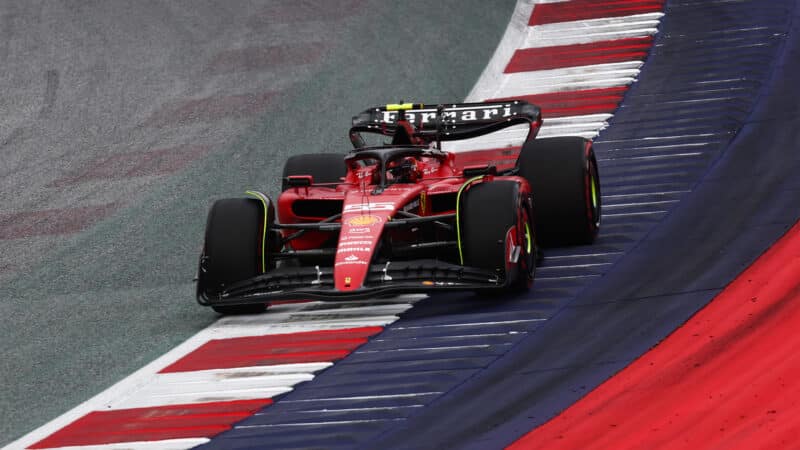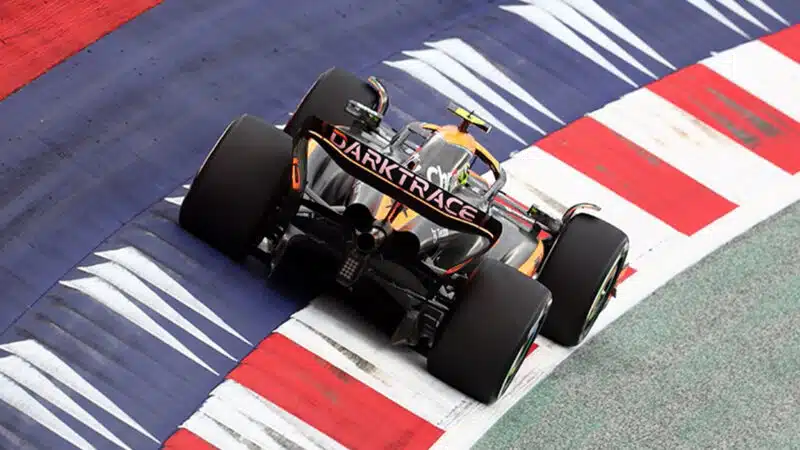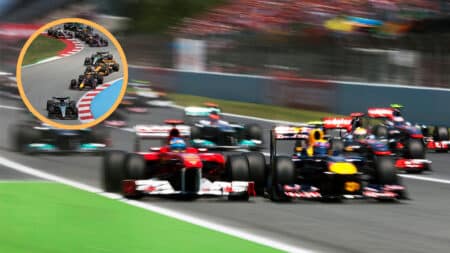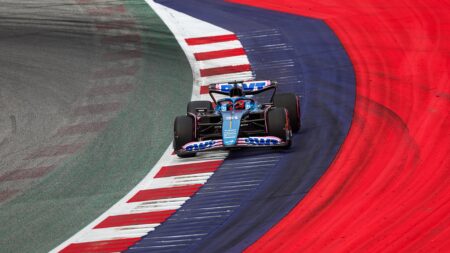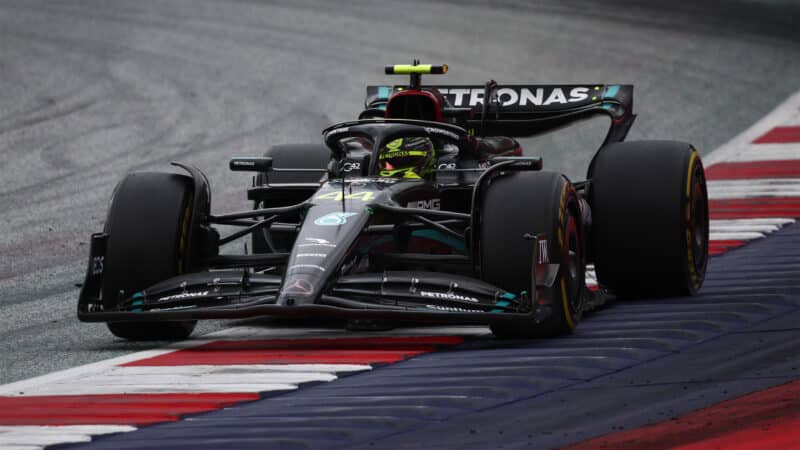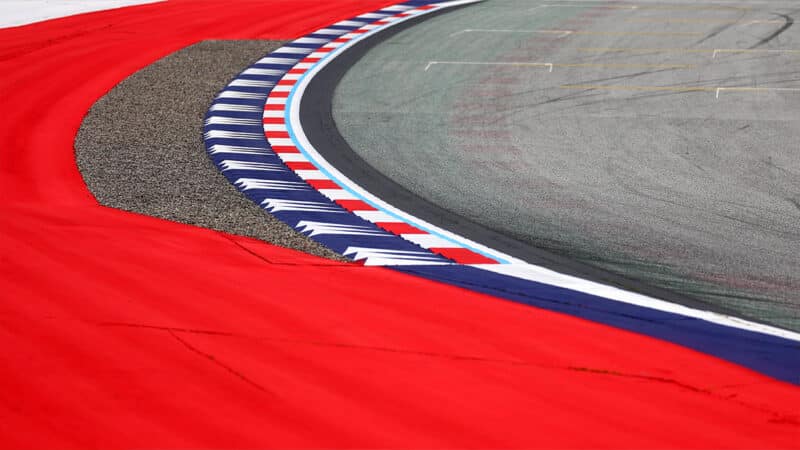During a grand prix, the penalty system works a little differently. The first two times that a driver runs off track, the FIA and race control will notify their team with information on when and where they went off track — which is then relayed via the race engineer back to the driver as soon as possible. This gives them the opportunity to avoid making the same mistake again and receiving a penalty.
But on their third violation, they will be shown a black-and-white flag — which acts as their final warning. On the fourth infringement, they will then receive a 5-second time penalty and on the fifth, they will receive a 10-second time penalty. These penalties are either taken at their next pitstop or added on at the end of the race.
This system will then repeat for every subsequent violation of track limits. For example at the 2023 Austrian Grand Prix, Esteban Ocon received 30 seconds worth of time penalties after breaching track limits on 10 separate occasions.
Track limit controversy
The most recent crackdown on track limits began after a season of inconsistency in 2021, where they were only enforced at certain corners on certain tracks.
The worst of the controversy arguably came at the 2021 Bahrain Grand Prix, after race director Michael Masi had issued revised notes ahead of free practice on Friday stating that during Sunday’s Grand Prix, “the track limits at the exit of Turn 4 will not be monitored with regard to setting a lap time, as the defining limits are the artificial grass and the gravel trap in that location.” As a result, multiple drivers carried more speed through the corner during the race and purposely ran wide — including race-leader Lewis Hamilton, who abused track limits 29 times at Turn 4 before being given an official warning.
But when Max Verstappen committed the same violation when passing the Briton for the lead, he was ordered by race director Micheal Masi to give the place back, as this was considered a lasting advantage. Red Bull team boss Christian Horner later stated that Hamilton’s consistent breaching of the track limits would have given him a 0.2sec advantage per lap.
Masi later added in a post-race press conference that the rules had not been changed mid-race and that there had no special treatment of one driver over another.
“With regard to tolerance given with people running outside of the track limits during the race,” he said, “it was mentioned very clearly in the [drivers’] meeting and the notes that it would not be monitored with regard to setting the lap time so to speak – but it will always be monitored in according with the Sporting Regulations that a lasting advantage overall must not be gained.
